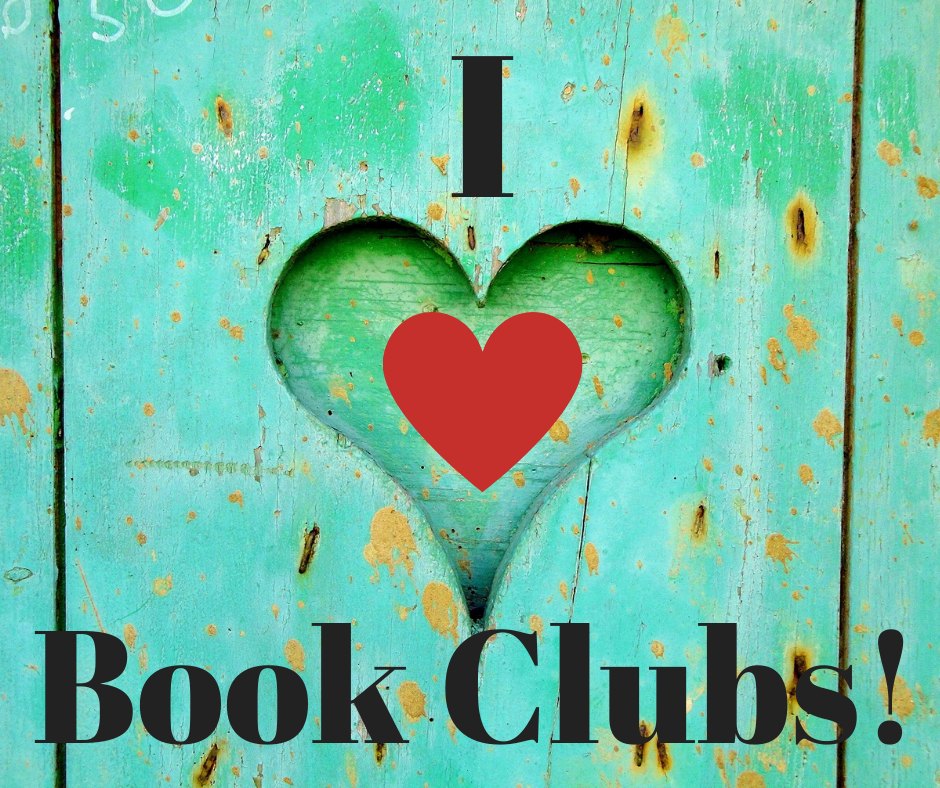Rookie Writer Mistakes - We've All Made Them
/Someone recently asked me at an event what advice I’d give to a new writer. This is a list of rookie writer mistakes (in no particular order). We’ve all made at least one.
When you schedule an event, always confirm ALL of the details (e.g. where will you be seated, who’s handling the book sales, the date/time, location, etc.). I’ve had one outside event in January, and several in the middle of August.
Always bring a box of books with you to every event. The bookseller could make a mistake, or you could sell out!
Have a bag with your swag, book stands, pens, tape, etc. with you. Mine has bandages, mints, lotion, and scissors in it, too. At my very first book signing, my one and only pen died. Thank goodness, Mom had a supply with her.
If you agree to an event, guest blog, or interview, meet your commitments. People are counting on you.
Don’t burn bridges. Be professional. You never know who you’ll sit next to on a panel.
ALWAYS get reliable references for services for editing, proofreading, book covers, and book promotions. If it sounds too good to be true, it probably is.
Read all of your contracts. Consult legal professionals. You and your work are your brand, and you need to protect them.
Treat your writing as a profession. Consult your tax advisor for advice about how to record sales, sales tax, etc. This is a business.
Keep all of your receipts and track your mileage for your taxes. (See #8. It’s important.)
Have a separate bank account for your writing.
When you get to the point with your manuscript where you feel the book is done, then it’s time to send it to beta readers, your critique group, or an editor. It’s not ready for agents or publication at this point.
What would you add to the list?







